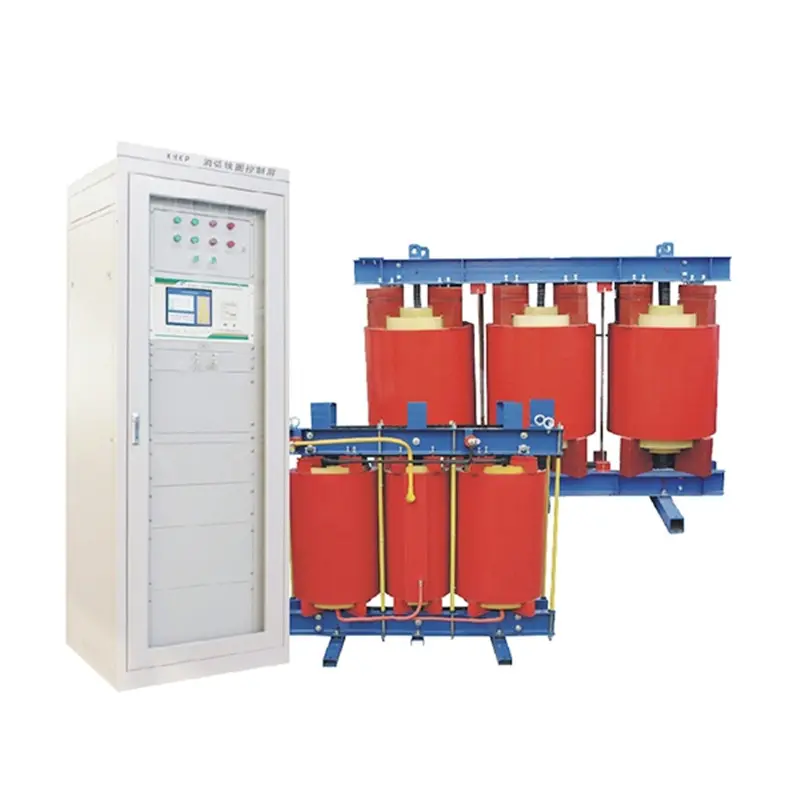Bias arc suppression coils are an important component in power systems, especially in mitigating the effects of single-phase ground faults. Its structural principle involves the arrangement of magnetized iron core segments within an AC coil. By applying a DC excitation current, the magnetic permeability of the core can be changed, allowing the inductance to be continuously adjusted.
This innovative design enables the bias arc suppression coil to quickly respond to potential faults in the power grid. When a single-phase ground fault occurs, the controller immediately adjusts the inductance to compensate for the ground capacitance current. This quick adjustment helps suppress arcing and prevent further damage to the system.
Complete sets of bias magnetic arc suppression coils provide comprehensive solutions for power system protection. Its ability to dynamically control the inductance ensures efficient and reliable operation even in the event of unexpected failures. This not only protects equipment but also enhances the overall stability and resiliency of the grid.
Understanding the structural principles of bias arc suppression coils is crucial to understanding their role in power system protection. The integration of the magnetized core section and the application of DC excitation current demonstrate the complex engineering behind this important component. By continuously adjusting the inductance, the challenges posed by single-phase ground faults are effectively addressed, contributing to the overall safety and reliability of the power system.
In short, the bias magnetic arc suppression coil is proof of the progress of power system protection technology. Its structural principles and ability to respond quickly to faults make it an indispensable asset for ensuring grid stability and resilience. As the demand for reliable, efficient power systems continues to grow, the importance of bias coils in protecting critical infrastructure cannot be overstated.
Post time: Jun-13-2024